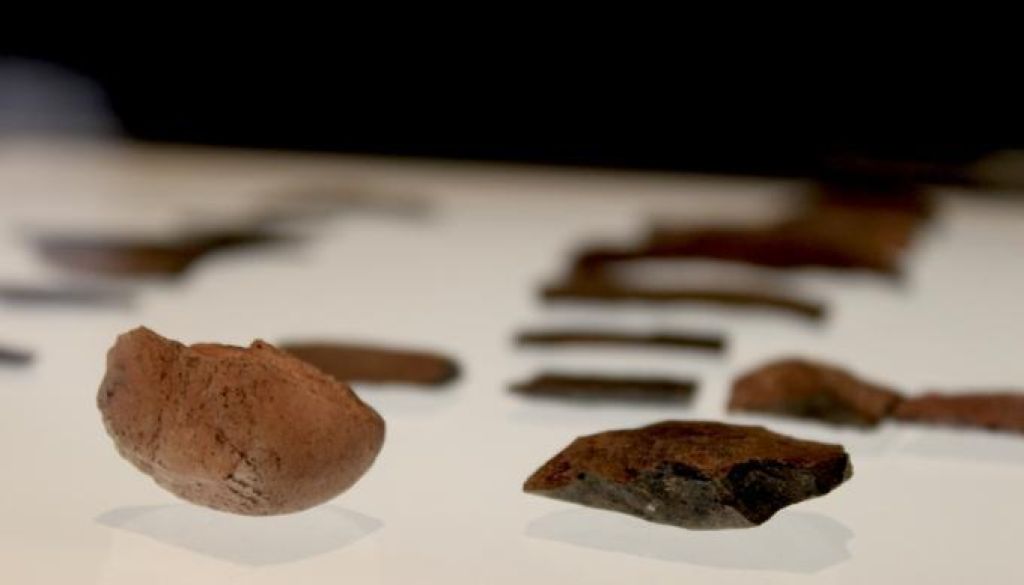Tool technology – ancient hunting tools unearthed in South Africa
Where would we be without tools? Over time, technology has become a way of life. It’s no longer simply convenient – it’s an expression of self. The ability to use tools to craft other tools is unique to humans and our hominid ancestors, and we’re learning more about where this special talent originated every day.

Recently, ScienceNews magazine (read the full article here) reported that scientists in South Africa had discovered a collection of more than 200 spear tips that date back around 500 000 years ago. These are some of the oldest hunting tools that have been discovered to date. The stone tips were unearthed in Kathu, at a site called Kathu Pan 1, in the Northern Cape.
But who made these primitive tools? Scientists believe that an early ancestor of humans and Neanderthals were responsible for this precious hoard. The sharpened stone points show signs of having been attached to spear handles and used for hunting.
The oldest known stone implements were discovered in Gona, Ethiopia, and date back 2.6-million years. These small quartz and lava pebbles were shattered to create sharpened edges, known today as Oldowan tools, which were used to break apart animal bones for marrow and dig into wood. A few million years later, Homo ergaster would develop more sophisticated handaxes, cleavers and blades, known today as Acheulean technology, which dates back around 1.7-million years.
We know that early human ancestors made use of tools to build shelter, find food and craft decorative objects. These skills were passed down from generation to generation, which suggests that toolmaking was even connected to language development.
Today, we take the incredible techonology we have developed for granted. Imagine if iPods, televisions, microwaves and cars disappeared, and all we had left were sharp pieces of stone and wooden rods. How long do you think you would last?
Learn more about early toolmaking in the Maropeng exhibition guide. Visit the Maropeng and Sterkfontein exhibitions to see examples of these ancient implements.